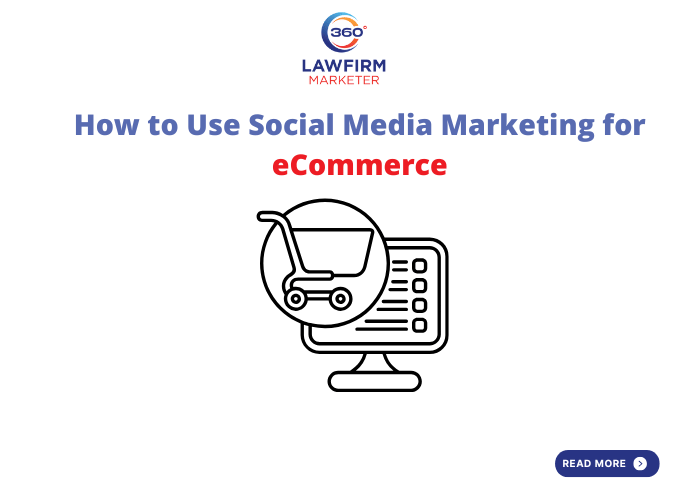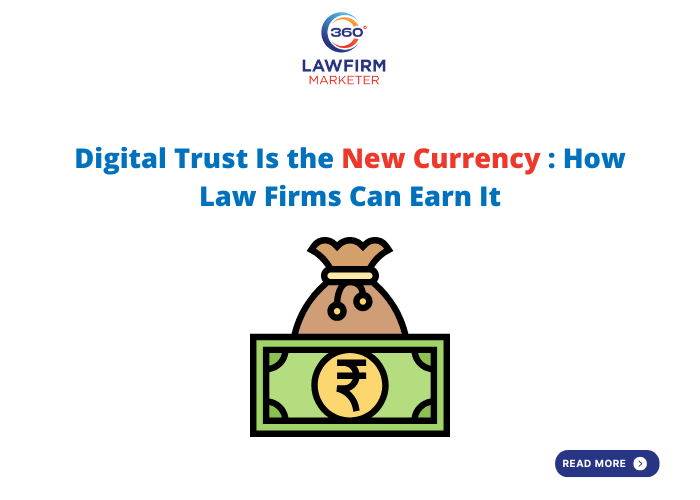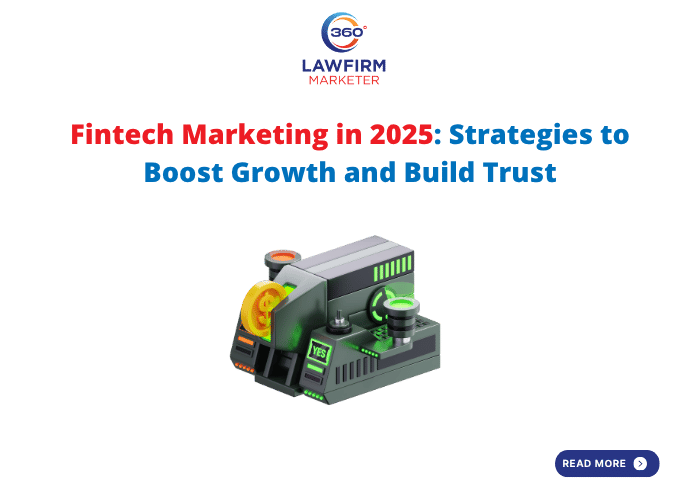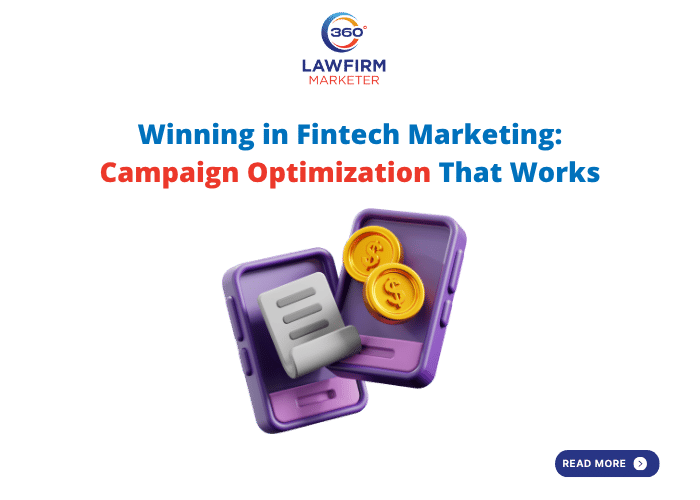
Why now? The average internet user spends ~141 minutes per day on social platforms, creating a massive share-of-attention you can convert into revenue with the right content and commerce setup.
Scale matters: Social platforms collectively account for ~5.24B active user identities well over 60% of the global population so your buyers are already there.
Reference inspiration: Digital’s primer captures the core playbook; below you’ll find a more granular, 2025-ready build with platform-by-platform tactics, shoppable UX updates, content systems, paid media frameworks, and measurement plans.
- Why Social Media Is Essential for eCommerce Success
Reach you can’t ignore
- Facebook / Meta ecosystem: Facebook alone sits at ~3.07B MAUs, with Meta’s Family DAP (Facebook, Instagram, WhatsApp, etc.) at 3.48B daily still compounding.
- TikTok: Estimates converge around ~1.59B MAUs in 2025, cementing TikTok as a top-5 network for discovery and direct commerce.
- Pinterest: Quietly powerful with 578M MAUs as of Q2 2025 (and heavily shopping-oriented behavior).
- LinkedIn: Now ~1.2B members critical for B2B commerce, procurement influence, and enterprise decisioning.
Psychology → purchasing
- Time & attention: Users spend ~2.3 hours/day on social, making it a default context for discovery → consideration → purchase journeys.
- Creator trust: In a 2025 survey, 67% of U.S. consumers make a purchase via social at least once per month; ~2/3 say influencer content pushes them to buy, and 61% prefer in-app purchases when available.
- Social commerce is mainstream: Global social shopping is expected to hit ~$1.37T in 2025, with multiple forecasts projecting continued double-digit CAGR into 2030.
How influence plays out
- Product decisions often start with influencer recommendations, UGC reviews, and trend-driven content, especially on TikTok and Instagram.
- Choosing the Right Social Platforms (with 2025 Commerce Changes)
Not every channel fits every product. Map platforms to your buyer, price point, and consideration cycle.
Instagram (visual-first discovery + short-form video)
- Best for: Fashion, beauty, lifestyle, home anything visually demonstrable.
- Formats: Reels, Stories, product tags, collab posts; Reels now absorb a huge share of IG time.
- Commerce update (important): Meta is phasing out native (in-app) checkout for Facebook/Instagram Shops globally (June–Aug 2025). Shoppers will be sent to your website checkout; adjust pixels, UTMs, and reporting accordingly.
- Implication: Treat Instagram as a high-intent storefront + traffic driver; prioritize lightning-fast PDPs, 1-click wallets, and clean attribution since conversions won’t be in-app.
Facebook (scale, community, and performance ads)
- Best for: Broad demographic reach, community groups, retargeting, catalog-driven sales.
- Why it still matters: ~3.07B MAUs; Meta’s ad stack and Advantage-style automation continue to deliver reach at efficient CPMs.
- Commerce update: Same external-checkout shift as Instagram; ensure your pixel + Conversions API are airtight.
TikTok (viral discovery → direct conversion via TikTok Shop)
- Audience & scale: ~1.59B MAUs in 2025 with the most time-spent per session.
- Commerce: TikTok Shop is exploding global GMV doubled in H1 2025 to ~$26.2B; U.S. H1 GMV hit $5.8B (+91% YoY).
- Use case: Short demos, creator collabs, live shopping, and native Shop listings for impulse-friendly AOVs.
Pinterest (visual search → high-intent traffic)
- Scale: 578M MAUs; Gen-Z share rising fast; users plan projects, outfits, and rooms prime pre-purchase mindset.
- Tactics: Keyword-optimized Product Pins and evergreen boards for seasonal trends (home, fashion, accessories).
LinkedIn (B2B eCommerce & buyer committees)
- Scale: ~1.2B members; best suited for B2B catalogues, components, SaaS, and enterprise use-cases.
- Content: Case studies, ROI calculators, whitepapers, thought leadership; leverage product-led storytelling and employee advocacy.
- Content Strategies That Actually Drive Sales
1) Product Showcases & Demonstrations
Goal: Collapse uncertainty; show outcomes, not just features.
What to ship (by channel):
- IG/TikTok Reels: “Problem → demo → proof → CTA” in 20–35s.
- Pinterest: Step-by-step “how to use X” carousels with keyworded titles and descriptions.
- LinkedIn: Short how-it-works clips for B2B SKUs (paired with ROI stats in post text).
Checklist: one-line value prop on screen, micro-hooks in first 2s, hard CTAs (“Tap to see color 4,” “Add to bag”), captions with benefits + FAQs.
2) UGC & Social Proof
Goal: Transfer trust from peers to brand.
- Playbook: Incentivize post-purchase reviews, feature customer before/afters, stitch creator reactions on TikTok, and re-Pin top customer photos. Consumer studies continue to show creator reviews and UGC materially impact conversion intent.
3) Influencer & Affiliate Marketing (including micro-influencers)
Goal: Efficient reach + attributable sales.
- Structure: Always-on affiliate + monthly creator seeding + campaign “bursts.”
- Proof points: U.S. shoppers commonly act on creator content; promo codes/affiliates lift last-click conversion.
- On TikTok: Pair mid-tier creators with TikTok Shop listings to shorten the path from view → purchase.
4) Behind-the-Scenes & Brand Storytelling
Goal: Signal values, craft affinity, reduce perceived risk.
- Ideas: Factory tours, QA highlights, support team day-in-life, founder AMAs, sourcing transparency.
- Why it works: Authenticity + repetition build brand memory; these formats regularly seed top-funnel demand which you harvest through retargeting.
- Paid Social for eCommerce: A 2025-Ready Framework
Funnel Design (and how 2025 platform shifts affect setup)
- Prospecting / Discovery
- Meta: Broad + Advantage targeting; 3–5 creative concepts rotated weekly.
- Google Ads: Performance Max; test responsive PPC Ads; optimize based on top-converting keywords weekly.
- TikTok: influencer Ads from creator posts; pair with Shop SKU whitelisting.
- Pinterest: Keyword + interest combos; test Consideration objective with video Pins.
- Mid-Funnel / Consideration
- UGC cut-downs, comparison charts, FAQs, price anchoring, bundles.
- Conversion / Remarketing
- Important (Meta): Because native checkout is deprecated, ensure Pixel + Conversions API and UTM governance are pristine; optimize to Purchase (website) and audit latency on your PDP/checkout.
Creative Testing Cadence
- IG/FB: Weekly concept test (4–6 ads), monthly keep/kill review; scale on MER/ROAS winners.
- TikTok: Batch 10–15 hooks; keep the same landing experience between ads and TikTok Shop detail pages for higher add-to-cart.
- Measuring Success (KPIs, instrumentation, and benchmarks)
Track these everywhere (platform + site analytics):
- Engagement rate (likes, comments, shares, saves): proxy for resonance.
- CTR: ad/post → PDP or Shop click-throughs.
- Conversion rate: PDP → purchase.
- ROAS/MER: Paid return and blended efficiency for scaling decisions.
Attribution must-haves in 2025
- Website checkout on Meta Shops: With in-app checkout going away, connect Pixel + CAPI, validate events, and update campaign conversion location to Website.
- TikTok Shop: Use native reporting to capture closed-loop sales and reconcile with your eCom platform. TikTok Shop’s GMV lift shows why it’s worth the extra setup.
- Pinterest: Feed hygiene + tag validation to enrich Product Pins performance data.
Social commerce context for targets
Depending on category and AOV, a growing share of revenue will flow through social paths global estimates size 2025 social commerce around $1.37T (with other reputable forecasts ranging $1.6T–$1.63T), so calibrate expectations by market and price point.
- Scaling Your eCommerce Brand with Social Media
Key truths for 2025
- Content is your growth lever: Short-form video now drives outsized reach and time-spent (e.g., Reels share on IG), so bias toward iterative video systems.
- Commerce UX has shifted: On Meta, push shoppers to fast, trust-rich website checkout; on TikTok, lean into Shop to keep impulse energy in-app.
- Creators are distribution: U.S. buyers actively trust and act on creators; bake in affiliates and evergreen seeding.
- Pinterest is a durable compounding asset: Pins age well and rank via visual search + keywords treat it like SEO for commerce.
Practical Assets: 30/60/90-Day Plan, Content Calendar & Testing Grid
30/60/90 Execution Plan (skimmable)
Day 0–30: Foundation
- Audit pixels (Meta Pixel + CAPI, TikTok Pixel/Shop, Pinterest Tag) and UTM standards.
- Product feed hygiene (titles, attributes, availability); spin up Pinterest Product Pins.
- Creator pipeline: 30–50 seeded units; define affiliate % and coupon logic.
- Launch TikTok Shop (if eligible) for your top 20 SKUs.
Day 31–60: Momentum
- Paid prospecting on Meta + TikTok; 3 creative concepts/week; launch Pinterest Consideration ads.
- UGC harvesting + rapid video edits; activate affiliate codes on creator posts.
- CRO: shorten PDPs, add FAQs, trust badges; test Shop vs. site paths on TikTok.
Day 61–90: Scale
- Double down on winning hooks; move budget to top deciles of CTR/ROAS.
- Introduce bundles and limited drops via creators + Reels/TikTok Lives.
- Expand Pinterest boards for seasonal spikes (holiday, wedding, dorm).
Weekly Content Cadence (example)
- Instagram: 3 Reels (1 product demo, 1 UGC remix, 1 BTS), 5–7 Stories with product tags.
- TikTok: 4–6 short demos/reactions; 1 live selling session; pin bestsellers to Shop.
- Pinterest: 10–15 Pins (mix of product and how-to carousels) targeting high-intent keywords.
- LinkedIn (B2B): 1 case study, 1 insight thread, 1 customer win post.
Creative Testing Grid
- Hooks (5–10): pain-point, reveal, transformation, myth-buster, price anchor.
- Angles: speed/ease, durability, social proof, expert POV, bundle value.
- Formats: selfie UGC, voiceover demo, split-screen comparison, unboxing, live clip.
FAQs (Realities we see brands trip over)
Q: Should we pause Instagram Shopping now that checkout is going away?
A: No keep your Shop storefront for discovery and product tagging, but drive final checkout to a fast, mobile-optimized PDP; update attribution and use Website as conversion location in Ads Manager.
Q: Is TikTok really worth the operational lift?
A: Yes, for the right SKUs. The channel’s Shop GMV doubled in H1 2025 and U.S. GMV surged ~91% YoY that’s where incremental growth is right now.
Q: Do we need Pinterest if we’re not a “DIY” brand?
A: If you have visual SKUs (apparel, home, beauty), Pinterest’s 578M MAUs and search-intent traffic make it a compounding channel treat it like social SEO.
Conclusion & Next Steps
Social media isn’t just entertainment it’s the front door of modern eCommerce Marketing. With users dedicating ~141 minutes/day to social, and social commerce itself scaling into the trillions, the brands that win are those that pair creator-led discovery with frictionless checkout and disciplined measurement. If you want this executed with speed from content engines to TikTok Shop and Pinterest SEO, with clean attribution post Meta checkout changes our team at Digital, a leading Social Media Marketing Agency New York, can own the plan, creative, and P&L accountability. Message me and we’ll build your 30/60/90 and revenue model.




